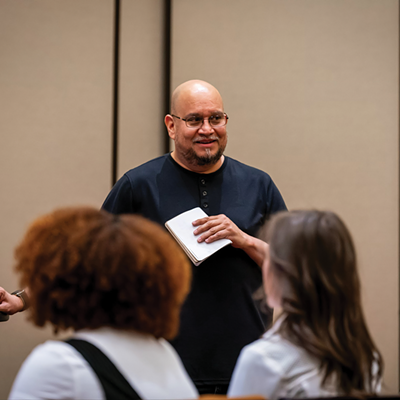Boxing began as an exhausting and brutal spectacle. In ancient Greece, two men would sit face to face with their fists wrapped in strips of leather. They would hit each other until one of them fell to the ground unconscious--or dead. Roman fighters wore cestuses (leather straps plated with metal) to shorten the length of the bouts. Shortly before the birth of Christ, Romans prohibited boxing, because the sport had become so savage.
Boxing disappeared until the late 1600s, when it surfaced again in England. Modern boxing was introduced there in the early 1700s, with bare-knuckle fighting that continued without respite until one fighter could not continue. Boxing was made a bit less savage in 1743, when the London Prize Ring Rules were enacted. The bouts were still continuous, but a fight ended when one competitor was knocked down and could not get up within 30 seconds.
In the mid-1850s, British boxers visited the United States and tried to create interest in boxing, but many Americans opposed the bare-knuckle sport, and the last such fight, a 75-round main event, took place in 1889. A British sportsman, the Marquess of Queensberry, introduced new professional tournament rules in which boxers were required to wear gloves and fight three-minute rounds with a one-minute rest period between rounds.
What was called the golden age of U.S. boxing began in 1920 in New York with legislation that permitted public prizefighting and introduced fighters such as Jack Dempsey, Gene Tunney and Joe Louis.
Attendance at boxing matches declined during the '50s with the advent of television. Many fight fans preferred to watch major fights on TV at home rather than watch from a ringside seat.
Interest in the sport was renewed by colorful fighters, particularly the float-like-a-butterfly-sting-like-a-bee Cassius Clay/Muhammad Ali, and a new generation of fighters--Sugar Ray Leonard, Roberto Duran, Thomas Hearns, Marvin Hagler, Mike Tyson--sparked that interest into the '80s.







